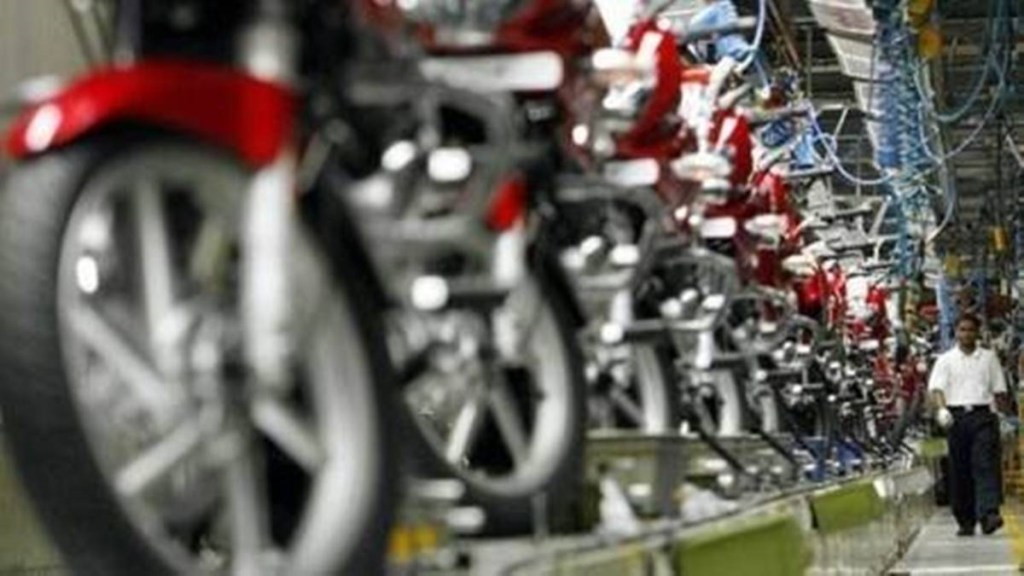The two-wheeler segment, which is already struggling, will face further headwinds in the coming weeks with the roll out of new emission norms on April 1, as manufacturers prepare to pass on the price hikes to customers.
The hikes are expected to put a further squeeze on the segment, especially the entry-level motorcycle category, which makes up almost a third of the entire domestic two-wheeler space.
Niranjan Gupta, CFO, Hero MotoCorp, said, “By March, we will be transitioning, and by April 1, all the manufacturing will be as per the new norms.”
Also read: EkoTejas ties up with SBI insurance, Bajaj Allianz for EV financing solutions
A further pinch to the entry-level segment (100-110cc) will hit Hero MotoCorp harder since the country’s biggest two-wheeler maker has around 80% of its vehicles in this space. The company has been judicious in passing on the hike to the budget segment for fear of hurting volumes.
“Over the past 3 years, we have taken price increases far less on the entry-level (segment) than we have taken on other segments. This also reflects how we are trying to cushion the impact on the bottom of the pyramid,” Gupta added.
The automotive industry is set to implement the BS-VI Stage II norms, which would require vehicles to meet more stringent emission norms, bringing it on par with Euro 6 standards. To comply with these norms, the vehicles will need to have an onboard self-diagnostic device called OBD2 as standard. The device will constantly monitor the catalytic converter, oxygen sensors, among other things, to keep a close watch on emissions.
In a scenario wherein the emissions exceed the parameters, the device will indicate (through warning lights) that the vehicle be submitted for service.
Additionally, in order to control the level of fuel burnt, the vehicles will also carry programmed fuel injectors, which would control the timing and amount of fuel injected into the petrol engine.
Even the vehicle’s semiconductors will have to be upgraded to monitor throttle, crankshaft positions, air intake pressure, the temperature of the engine, and the contents of the emissions from the exhaust (particulate matter, nitrogen oxide, CO2, Sulphur).
Rakesh Sharma, ED, Bajaj Auto said, “The two-wheeler growth is largely driven by the top, which is a 125cc plus segment, which has grown by almost 28% in Q3 in retail terms, taking its segment share up by 5 percentage points now to 50%. The entry-level 100cc segment is where rural demand continues to remain soft.”
Two-wheeler makers have had to hike prices by 30-40% in the last 2-3 years pushing the industry back by a decade and leaving it with a burden of overcapacity. Going by the latest production run rate, about 50% of the production capacity of the two-wheeler industry is lying unused.
The Hero HF 100 is now sold at Rs 55,000 whereas its price was Rs 40,000 a few years ago. The Honda Activa 125 was priced at Rs 60,000 in 2018 but is now at Rs 78,000.
Rohan Kanwar Gupta, vice president & sector head – Corporate Ratings, Icra, said, “As OEMs have been forced to take price hikes to counter inflation over the past 15-18 months, any further increase in the price of the vehicle could have a moderating impact on demand to an extent.”



















